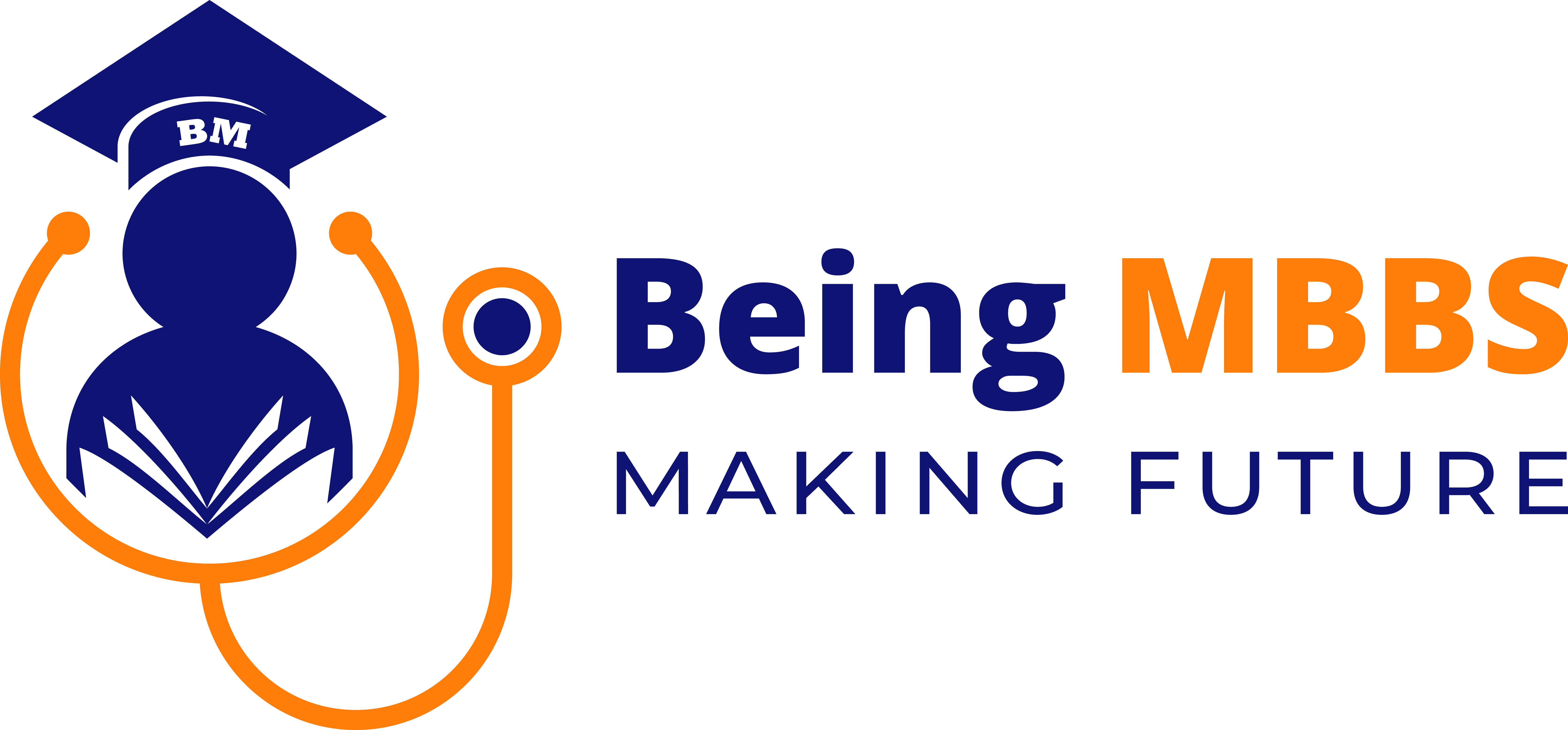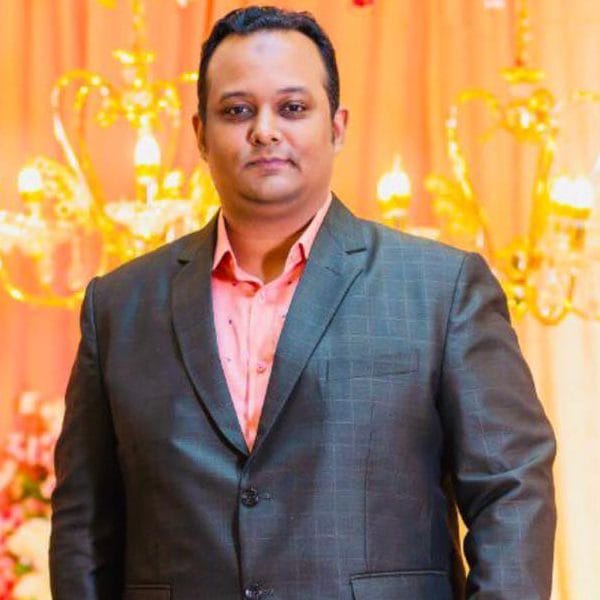The feeble presence of women in the field of medicine-International Women’s Day
The field of medicine is all about compassion, service, altruism, and trustworthiness, values that have always and will continue to guide the profession. Although this noble profession has nothing to do with gender, the number of females in the medical field is completely shocking.
In India, doctors are treated as Gods just for the simple fact that they are capable of saving a life. But if we ponder at the recent reports from various medical committees, the amount of “Gods” in our country is not apt for the population we have. If trusted various sources from medical committees, in India, there are 0.73 physicians per 1000 people.
With more than 740,000 active doctors at the end of 2014 — a claimed doctor-patient population ratio of 1:1674, worse than Vietnam, Algeria, and Pakistan — the shortage of doctors was one of the health-management failures cited by this report of a parliamentary committee on health and family welfare, which presented its findings to both houses of Parliament on March 8, 2016.
If talked about the count of doctors in India, the count of female doctors is at its worst. And the data is shocking because of the fact that many female candidates enroll themselves in the medical courses but when it comes to practice, only a few out of the lot are seen doing that.
There is a serious shortage of female doctors in India. According to a paper titled Human Resources for Health in India, published in 2011, only 17% of all allopathic doctors and 6% of those in rural areas are women. This is less than one female allopathic doctor per 10,000 population in rural areas (0.5), whereas the ratio is 6.5 in urban areas. The number of female doctors per 10,000 population ranges from 7.5 in Chandigarh to 0.26 in Bihar. According to a paper on women in medicine, the gender 51.1 gap persists at the post-graduation and doctoral levels. The female doctors present in India are only one-third of the male doctors.
This problem needs an immediate solution and the phrase that comes in mind after witnessing the above-mentioned data is ‘Women Empowerment. Women empowerment has become the buzzword today with women working alongside men in all spheres. They profess an independent outlook, whether they are living inside their home or working outside. They are increasingly gaining control over their lives and taking their own decisions with regard to their education, career, profession, and lifestyle.
But the same is not in the case of the medical field. Medicine has been a male-dominated profession because it demands long working hours that are disadvantageous to women who, even today, struggle to juggle career and family responsibilities.
Simple data analysis reveal the following:
- In the last decade, the number of girls getting admission to medical college has been equal or higher than the number of boys.
- The percentage of girls to boys entering MBBS course has been varying between 50 to 56 percent, between 2009 to 2017.
- This percentage reaches to 33 percentage at PG and doctoral levels.
- And when it comes to practice only 17 percent of all allopathic doctors in India are women.In the last decade, the number of girls getting admission to medical college has been equal or higher than the number of boys.
- The percentage of girls to boys entering MBBS course has been varying between 50 to 56 percent, between 2009 to 2017.
- This percentage reaches to 33 percentage at PG and doctoral levels.
- And when it comes to practice only 17 percent of all allopathic doctors in India are women.In the last decade, the number of girls getting admission to medical college has been equal or higher than the number of boys.
- The percentage of girls to boys entering MBBS course has been varying between 50 to 56 percent, between 2009 to 2017.
- This percentage reaches to 33 percentage at PG and doctoral levels.
- And when it comes to practice only 17 percent of all allopathic doctors in India are women.
The reason for these dropouts is because the lady doctors suffer from a role conflict in trying to be super doctors, super wives, and supermoms. Hence the role strain in combining their multiplicity of tasks. This situation needs to change by way of sharing the paternal and maternal load, sharing work and domestic responsibilities by better couple education, and better networking among women practitioners.
Earlier women were largely restricted to fields like obstetrics, gynecology, and various branches of pathology but there should also be a fair presence of women in other disciplines like anatomy, physiology, and biochemistry and subjects like pharmacology, pathology, and microbiology.
India, which is often referred to as ‘Mother India’, where women are worshipped, certainly needs more females in the field of medicine.



